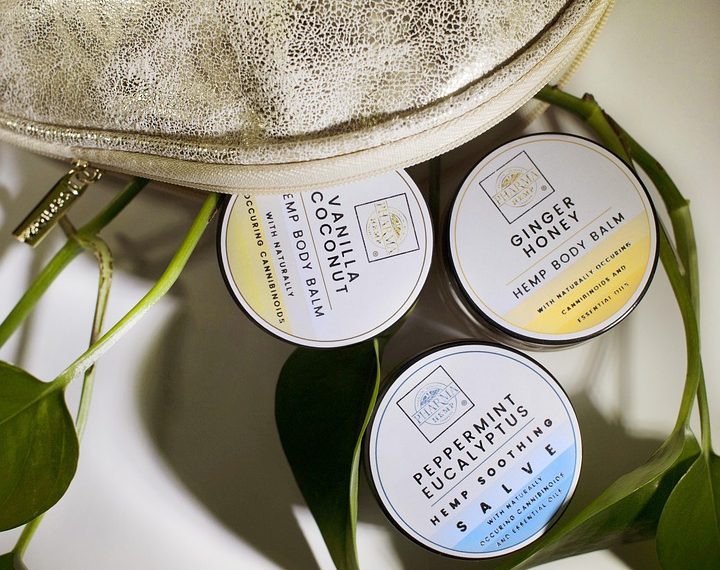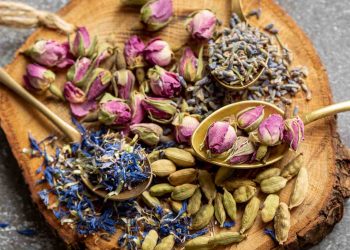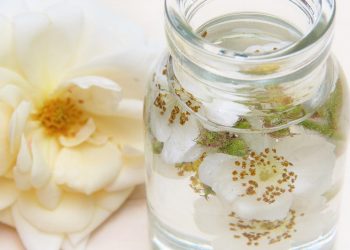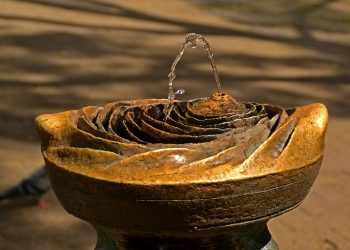Did you know that peppermint leaves have been used for centuries not just to flavor our favorite dishes but also to enhance skin health? If you’re battling acne and looking for a natural remedy, peppermint might just be the refreshing solution you need. Let’s dive into five unique ways peppermint leaves can help clear up acne-prone skin, backed by research and a sprinkle of personal insight.
Contents
1. Natural Antimicrobial Properties
One of the standout benefits of peppermint leaves is their natural antimicrobial properties. Acne is often exacerbated by bacteria on the skin, particularly Propionibacterium acnes. Research has shown that peppermint oil, derived from the leaves, contains compounds like menthol and menthone that can inhibit the growth of these bacteria (Rasool et al., 2019).
How to Use:
- Peppermint Leaf Infusion: Steep fresh peppermint leaves in hot water for about 10 minutes. Once cooled, use it as a toner after cleansing your face. This simple infusion not only smells great but can help reduce bacterial growth.
Pros and Cons:
- Pros: Natural, easy to make, and refreshing.
- Cons: Some people might experience skin irritation. Always do a patch test first!
2. Anti-inflammatory Effects
Acne isn’t just about bacteria; inflammation plays a significant role too. Peppermint leaves are known for their anti-inflammatory properties. A study published in the Journal of Ethnopharmacology noted that menthol can reduce inflammation, which is beneficial for calming irritated skin (Huang et al., 2018).
How to Use:
- Peppermint Leaf Paste: Crush fresh peppermint leaves and mix them with a bit of honey to form a paste. Apply it to inflamed areas for about 15-20 minutes before rinsing off.
Pros and Cons:
- Pros: Soothes redness and irritation.
- Cons: May not work for everyone; results can vary based on skin type.
3. Balancing Oil Production
Ever feel like your skin is a grease factory? Excess oil can lead to clogged pores and, subsequently, more acne. Peppermint leaves can help balance oil production due to their astringent properties. When applied, they can tighten the skin and reduce excess oil secretion.
How to Use:
- Peppermint Leaf Face Mask: Blend a handful of peppermint leaves with yogurt and apply it as a mask. Leave it on for 20 minutes to help absorb excess oil.
Pros and Cons:
- Pros: Leaves skin feeling fresh and less oily.
- Cons: Overuse can lead to dryness, so moderation is key.
4. Cooling Sensation for Stress Relief
Stress can trigger acne breakouts, and while peppermint leaves can’t eliminate stress entirely, they can provide a cooling sensation that helps calm the skin. The menthol in peppermint has a soothing effect, which can help reduce the feeling of heat associated with inflamed acne.
How to Use:
- Cooling Peppermint Spray: Brew peppermint tea and let it cool. Transfer it to a spray bottle and spritz it on your face during hot days or after workouts to refresh your skin and provide that cooling effect.
Pros and Cons:
- Pros: Refreshing and uplifting; great for hot weather.
- Cons: May not directly reduce acne but helps soothe inflamed skin.
5. Natural Exfoliation
Exfoliating your skin is essential for preventing clogged pores—and peppermint leaves can help with that too. The menthol in peppermint can promote blood circulation, which aids in the skin’s natural exfoliation process.
How to Use:
- Peppermint Scrub: Mix crushed peppermint leaves with sugar and olive oil to create a natural scrub. Gently massage it onto your face in circular motions, then rinse off for smoother skin.
Pros and Cons:
- Pros: Natural ingredients, invigorating scent.
- Cons: Be gentle; scrubbing too hard can irritate the skin.
FAQs
1. Can I use peppermint leaves if I have sensitive skin?
Yes, but it’s crucial to do a patch test first. Peppermint can be irritating for some, so monitor how your skin reacts.
2. How often should I use peppermint treatments for acne?
Start with once or twice a week to see how your skin responds, then adjust accordingly.
3. Are there any side effects of using peppermint on the skin?
In rare cases, peppermint can cause irritation or allergic reactions. If you experience redness or burning, discontinue use and consult a dermatologist.
4. Can peppermint oil be used instead of fresh leaves?
Yes, but use it sparingly and always dilute it with a carrier oil to avoid skin irritation.
Conclusion
While peppermint leaves offer a refreshing approach to tackling acne, it’s essential to remember that everyone’s skin is unique. What works wonders for one person might not for another. Natural remedies can be a great addition to your skincare routine, but they should complement other treatments rather than replace them.
As with any skincare product or remedy, it’s wise to consult with a healthcare provider or dermatologist, especially if you’re struggling with persistent acne. Exploring natural solutions can be a fun and enlightening journey, and who knows? You might discover a new favorite in peppermint leaves.
This article is for educational purposes only and is not a substitute for professional medical advice. Always consult a qualified healthcare provider before making changes to your health routine.
References
-
Huang, X., Huang, Q., & Zhang, W. (2018). Anti-inflammatory effects of menthol on human skin fibroblasts. Journal of Ethnopharmacology. Retrieved from https://www.sciencedirect.com/science/article/pii/S0378874118313334
-
Rasool, M., & Alvi, A. (2019). Antimicrobial properties of peppermint oil: A review. Journal of Essential Oil Research. Retrieved from https://www.tandfonline.com/doi/abs/10.1080/10412905.2019.1571433
-
Mayo Clinic. (n.d.). Acne treatment: Tips for managing acne. Retrieved from https://www.mayoclinic.org/diseases-conditions/acne/diagnosis-treatment/drc-20347407
-
Cleveland Clinic. (n.d.). Acne: What you need to know. Retrieved from https://my.clevelandclinic.org/health/diseases/9405-acne
Get Your FREE Natural Health Guide!
Subscribe now and receive our exclusive ebook packed with natural health tips, practical wellness advice, and easy lifestyle changes — delivered straight to your inbox.














